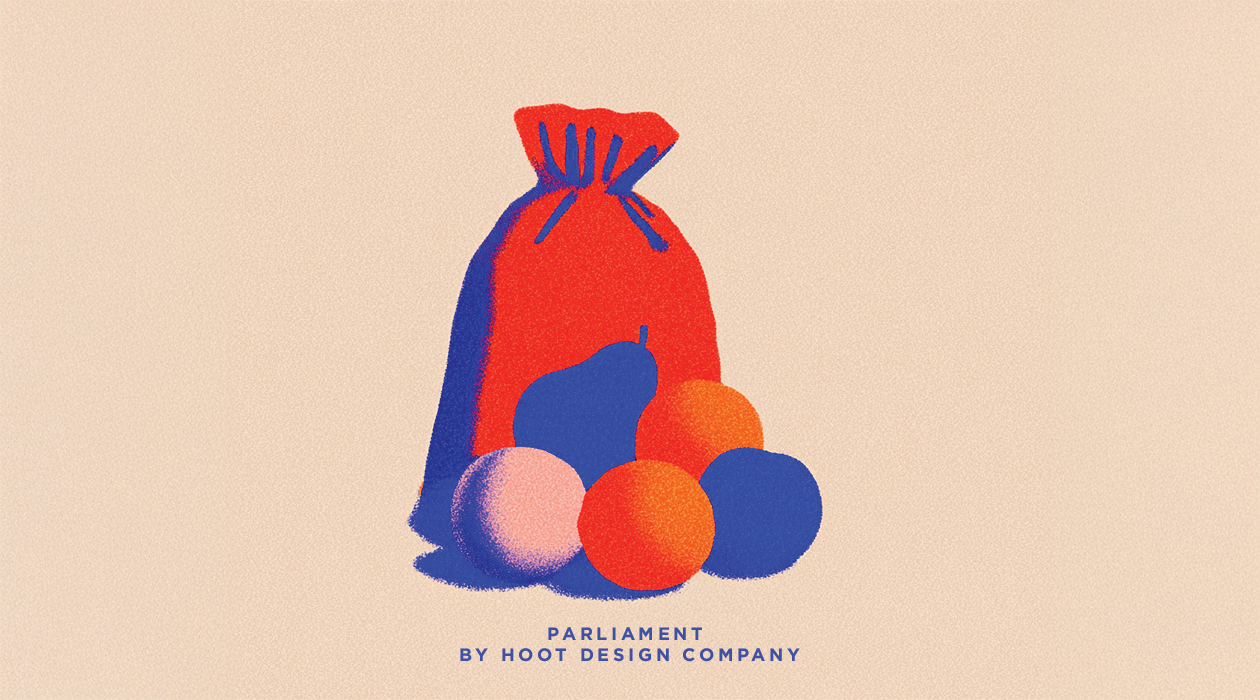Parliament | A New Era of Employer Brand
A couple of weeks ago, I shared something on LinkedIn that struck a nerve – in the best possible way. 15,000 views later, it's clear we've hit on something that's been simmering in boardrooms and HR departments everywhere.
The catalyst? A Wall Street Journal article about companies like McKinsey getting brutally honest in their job postings. Think: "be prepared to attend meetings outside of traditional business hours" and other delightfully unfiltered expectations.
The collective response? A mix of outrage, relief, and everything in between.
But here's my hot take: This isn't a step backward. It's an employer brand breakthrough.
We’re Not Stepping Back to The Pre-Covid Work Era
We’re stepping into the Employer Brand era.
Whether McKinsey realizes it or not, they're doing what we've been preaching at Hoot for years: letting your brand repel the wrong people so it can magnetize the right ones.
Your employer brand isn't just about attracting talent – it's about attracting the right talent. And sometimes, that means being the company that says the quiet part out loud.
Why Self-Awareness Is Critical
Think about it:
No more bait-and-switch hiring. When candidates know what they're signing up for, you get people who actually want to be there.
Culture clarity from day one. Your team knows what they're building together.
Competitive differentiation. While others are sugar-coating, you're building trust through transparency.
But here's the thing: This isn't just about being honest about who you are. It's about intentionally defining who you are with language and self-awareness so you can craft the culture you actually want.
Culture will happen whether you're paying attention or not. The question is: Will it happen intentionally, or while you're asleep at the wheel?
The Opportunity Hidden in Plain Sight
Here's where it gets interesting: While McKinsey is being upfront about their 80-hour weeks, there's a massive opportunity for companies who can't (or won't) offer big consulting compensation.
Your employer brand differentiator isn't what you can't offer – it's what you choose to prioritize.
Maybe your job posting reads:
"We believe in work-life harmony – meetings end by 5pm, period."
"We invest in your growth, $3,000/year for continued education"
"We walk the talk with our on-brand benefits”
The Brand Being Method Meets Employer Brand
At Hoot, we know that brand is the being, marketing is the doing. Your employer brand is no different.
But here's where most companies get it wrong: They think culture just is – some organic thing that emerges naturally. The truth?
Culture is the result of a thousand intentional decisions, or it's the result of not making those decisions at all.
McKinsey's brutal honesty works because they've done the hard work of defining who they are. They've put language to their expectations, their values, their non-negotiables. They know what they stand for, so they can communicate it clearly. (and that may repel most of the population — which is no doubt their goal)
Your job postings, your interview process, your onboarding – they're all expressions of who you are as a company. But first, you have to know who that is. When they're aligned with your intentionally crafted culture (not your aspirational or accidental culture), magic happens.
The result? Teams that show up authentically, customers who feel the difference, and a brand that stands for something real – because you took the time to define what that something actually is.
Your Employer Brand Audit
Ready to get intentional about your employer brand? Ask yourself:
Have you defined your culture with actual language, or are you winging it? Vague values like "teamwork" don't count. What does teamwork actually look like at your company? Also your values should be proprietary so “teamwork” falls pretty flat.
If your employees wrote your job postings, what would they include? This gap tells you everything about alignment.
What would your worst employee say about working there? Sometimes the hard truths reveal what you haven't been intentional about.
Are you attracting people who energize your culture or drain it? If it's the latter, your messaging isn't clear enough.
The Bottom Line
The companies winning the talent wars aren't the ones with the best perks or the highest salaries. They're the ones smart enough to get intentional about who they are, define it with clarity, and communicate it with confidence.
Because here's the truth: Your culture is being shaped every day – by every hire, every meeting, every decision. You can either be the architect of that culture, or you can let it happen by default.
When you try to be everything to everyone, you end up being nothing to no one. But when you're intentional about your identity? That's when you build something worth joining.
What's Next?
This employer brand awakening isn't going anywhere. The question is: Will you be intentional about it, or will you let it happen by accident?
If you're ready to turn your employer brand into a competitive advantage (and not just a recruiting afterthought), let's talk. Because changing how you see yourself? That's where the real transformation begins.
P.S. – Want to see how we're walking the talk? Check out our Life Support program that reimburses $250/month for anything that buys back your time. Five out of ten team members use it for Nuuly fashion subscriptions. Because when your team looks good, feels good, they play good – and yes, they get paid good too.
Ready to revolutionize your employer brand? Let's make some noise together.
Artwork by Nya McClain, article by Senior Art Director, Bri Thomas
AI Optimizes for Average (And Average Brands Die)
Here's the uncomfortable truth: AI is making everyone mediocre at exactly the same time.
Every founder with a Canva Pro subscription thinks they're a designer now. Every startup with access to ChatGPT believes they've cracked copywriting. And the result? A marketplace flooded with brands that look like they were all designed by the same algorithm—because they essentially were.
AI trains on existing data, which means it's fundamentally backward-looking. It analyzes what's already been done, finds the patterns, and regurgitates variations of the same safe, tested approaches. The problem? Safe and tested is the kiss of death in branding.
While your competitors are churning out AI-generated "professional" logos that could belong to any company in any industry, the brands that break through are the ones living in the uncomfortable spaces that algorithms can't navigate. They're the ones willing to make choices that feel risky, that might not test well, that require actual human judgment about what their specific audience craves.
AI can generate a thousand variations, but it can't tell you which shade of red will make your founder feel seen or which typeface captures the exact tension between approachable and authoritative that your culture demands. It doesn't understand that sometimes the "wrong" choice is exactly right for your brand.
The companies winning right now aren't the ones with the most sophisticated AI tools—they're the ones with taste and the ability to wield these tools like weapons. They understand that breakthrough brands aren't born from optimization; they're born from the messy, human process of making choices that feel authentic to who you actually are.
While everyone else is optimizing for average, the space for brands with actual point of view has never been wider.


